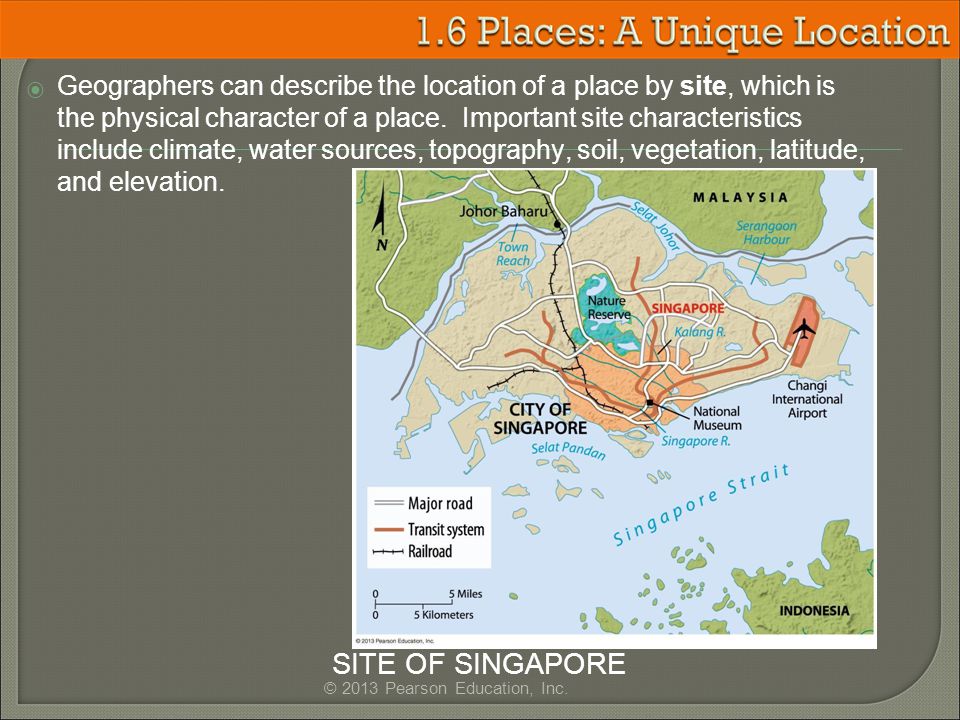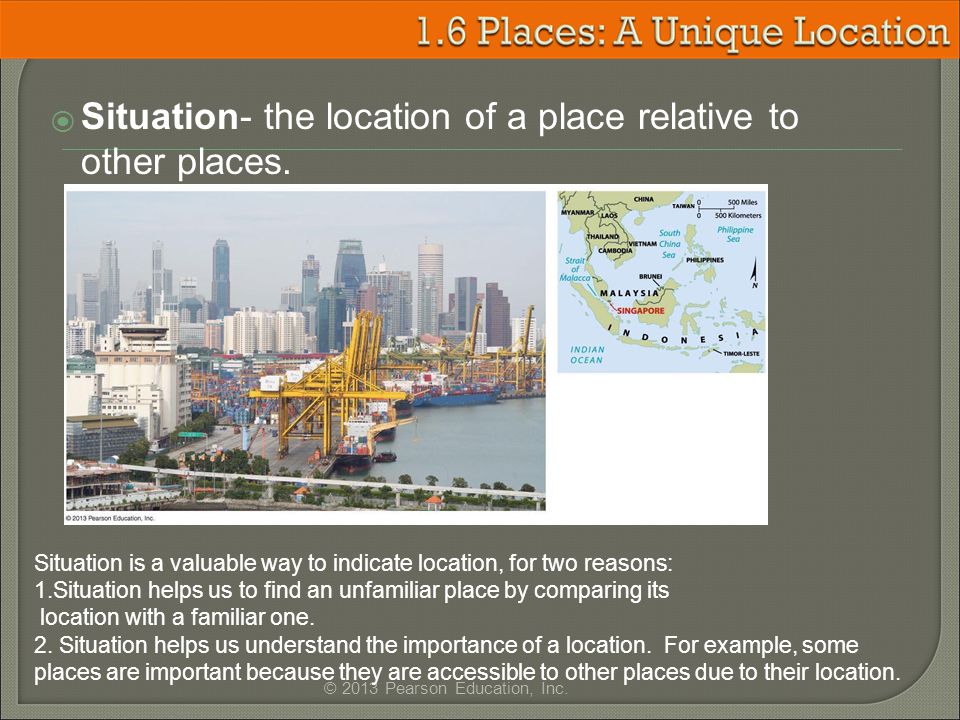 |
| the Rocky Mountains of Colorado |
Important site characteristics include:
This is the official instructor's blog for students enrolled in Mr. Schick's Human Geography classes at The John Carroll School. Friends, parents, and curious onlookers welcome.
 |
| the Rocky Mountains of Colorado |


How do you describe where things are?
How do you describe your daily routine?
All of us have images of the world that we have developed through a variety of processes. These processes are usually a mix of factual data, incomplete information, and personal bias or subconscious prejudices. A mental map is a person's point-of-view perception of their area of interaction, most commonly called your activity space. This can also include areas that we have never been to but have seen on television or read about.
No one has a totally accurate image of the world, so there is no completely accurate mental map. People’s mental maps of their own immediate environments tend to be more realistic than those of places they’ve never visited.
Understanding the way people view different regions can help experts understand and predict how the land may be used and can give other information, such as what patterns of migration, tourism, and other engagement with places may be expected.
Thinking Geographically: Mental Mapping Activity
Part I
1.Draw a mental map of the world on a sheet of paper. Your map should take up the whole page.
Part II
2. On your map of the world, label as many continents, countries, and physical features as you know on your world map.
Part III
3. On a different sheet of paper, draw a mental map of your route in your daily activity space. Your map should take up the entire page.
4. Include your house, important landmarks around your house (grocery stores, schools, hospitals, churches, restaurants, etc). Include your school. Draw the route you take to get to school (think about how you would describe getting from your house to school). Include any part of your activity space that happens after you leave school; for example, do you have an after school activity that takes you somewhere else, or do you have a place that you stop before you go home?
|
new post